Biodiversity and migratory fish

Conservation of biological diversity and the protection and sustainable use of genetic resources are declared objectives of the German Federal Government. This is not limited to North and Baltic Sea. Caused by the increased trade with fish and other marine products, the German market is repeatedly supplied with species which are hardly known in terms of biology and distribution or which are even declared as endangered.
Worldwide, about 33,000 fish species are described. Out of these, about 7,000 are used for human consumption - and the trend is upwards. The identification of these species is often based on single morphometric characteristics and usually requires expert knowledge. However, as well with regard to product quality and consumer protection as for the traceability of fish and fish products for stock conservation issues it is necessary to unambiguously identify fishes and to verify their origin. This applies also for already processed fish products like e.g. filets and canned goods, where a control of labelling must be possible. At the Institute of Fisheries Ecology our expertise in fish identification, laboratory analytics and fish genetics enables us to work on the development of genetic markers for species identification and stock separation of important model species like sprat and herring, but also icefish and tuna. Migratory fish species represent an important and, in terms of biology, particularly interesting part of the aquatic species inventory. To reach their spawning and feeding grounds many fish species make long and exhausting migrations, during which some cover enormous distances and overcome great obstacles. Among these, species that migrate between fresh and saltwater, so called diadromous species, are often particularly vulnerable to anthropogenic impacts, such as river barriers, overfishing or climate change. This leads to special challenges for stock management, often associated with the international coordination of protective measures and strategies for a sustainable use. At the Thünen Institute of Fisheries Ecology we explore a variety of questions regarding biology, ecology, behaviour, protection and use of ecologically and commercially important migratory fish species. A main area of our research is the investigation of the different life phases of the European eel (Anguilla anguilla), whose stock is deemed to be outside safe biological limits for years and considered as endangered. We conduct field and laboratory studies in order to better understand the life cycle as well as the stock affecting factors and mechanisms and thus develop the basis for a sustainable stock management of this species.
Reproductive biology of the European eel
There are still large gaps in knowledge about the oceanic life stages and the reproductive biology of European eel. Therefore we regularly conduct surveys in the spawning area of the eel. Our results will help to better explain the observed variation in glass eel recruitment. In addition, we work on the artificial reproduction of eel under controlled conditions.
Dossier

Migratory fish represent an important and particularly interesting part of the aquatic species inventory. At various stages of their lives, many species undertake very long and exhaustive migrations. However, their way of life makes them susceptible to anthropogenic influences. Degraded and fragmented rivers, overfishing and climatic changes put them under pressure. This results in particular challenges for stock management, often associated with the international coordination of conservation measures and sustainable management strategies. In our research group, we therefore deal with a wide range of issues relating to the biology, ecology, behaviour, protection and use of ecologically and economically important migratory fish species.
Here is the link to the dossier.
Publications
- 0
Freese M, Marohn L, Ferrer L, Pohlmann J-D, Wysujack K, Blancke T, Hanel R (2025) Details on the transport of European eel larvae through the Strait of Gibraltar into the Mediterranean Sea. Sci Rep 15:1006, DOI:10.1038/s41598-024-82929-z
- 1
Freese M, Blancke T, Marohn L, Pohlmann J-D, Sundin J, Wysujack K, Hanel R (2025) Genetically confirmed first records of an egg and a juvenile roundscale spearfish, Tetrapturus georgii. J Fish Biol: Online First, Jan 2025, DOI:10.1111/jfb.16043
- 2
Marohn L, Wysujack K, Freese M, Pohlmann J-D, Blancke T, Hanel R (2025) Long-term reduction of late-stage European eel larval abundance at the continental slope reflects glass eel recruitment decline. ICES J Mar Sci 82(3):fsaf020, DOI:10.1093/icesjms/fsaf020
- 3
Hekim Z, Jackson E, Berkenhagen J, Freese M, Ulleweit J, Döring R, Goti-Aralucea L, Stransky C, Accadia P, Adamidou A, Armesto A, Avdic Mravlje E, Brigaudeau C, Chassanite A, Davidjuka I, Grati F, Hommik K, Ioannou M, Jakovleva I, Kazlauskas E, et al (2025) Scientific Technical and Economic Committee for Fisheries (STECF) - Evaluation of the Annual Reports for data collection and data transmission issues from 2023 (STECF-24-08). Luxembourg: Publications Office of the European Union, 91 p, JRC Sci Pol Rep JRC140615, DOI:10.2760/5445078
- 4
Stransky C, Hekim Z, Berkenhagen J, Freese M, Ulleweit J, Döring R, Goti-Aralucea L, Accadia P, Adamidou A, Armesto A, Avdic Mravlje E, Brigaudeau C, Chassanite A, Davidjuka I, Grati F, Isajlovic I, Jakovleva I, Koutrakis E, Kovsars M, Liontakis A, et al (2025) Scientific Technical and Economic Committee for Fisheries (STECF) - Evaluation of work plans for data collection and data transmission issues (STECF 24-15). Luxembourg: Publications Office of the European Union, 54 p, JRC Sci Pol Rep JRC140596, DOI:10.2760/6665344

![[Translate to English:] [Translate to English:]](/media/_processed_/2/9/csm_Embryo-Exp_Gelege_9F_dpf5-200513111619_c8534a8199.jpg)
![[Translate to English:] [Translate to English:]](/media/_processed_/2/9/csm_Embryo-Exp_Gelege_9F_dpf5-200513111619_9027994d44.jpg)
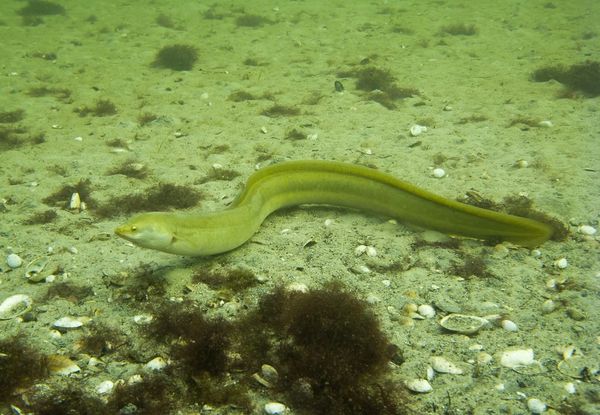



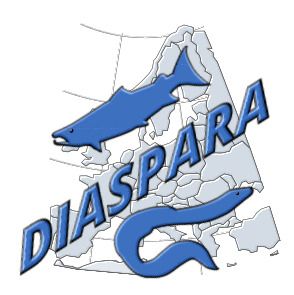
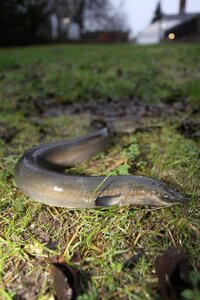

![[Translate to English:]](/media/_processed_/d/3/csm_Meerforelle_2_Freese_22f41a1236.jpg)
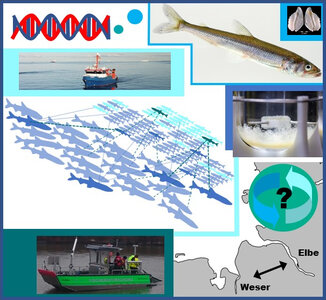
![[Translate to English:] [Translate to English:]](/media/_processed_/4/d/csm_Aale_im_Netz_Jan-Dag_f62862f2ef.jpg)
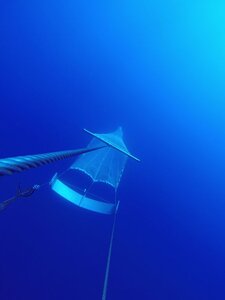
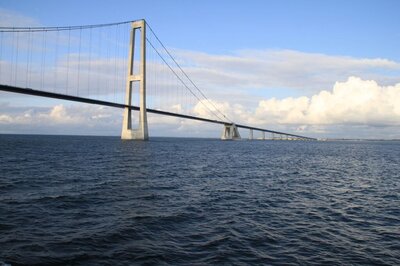
![[Translate to English:] [Translate to English:]](/media/_processed_/1/9/csm_Gruppenfoto_TI_e3cd4a4f94.jpeg)




